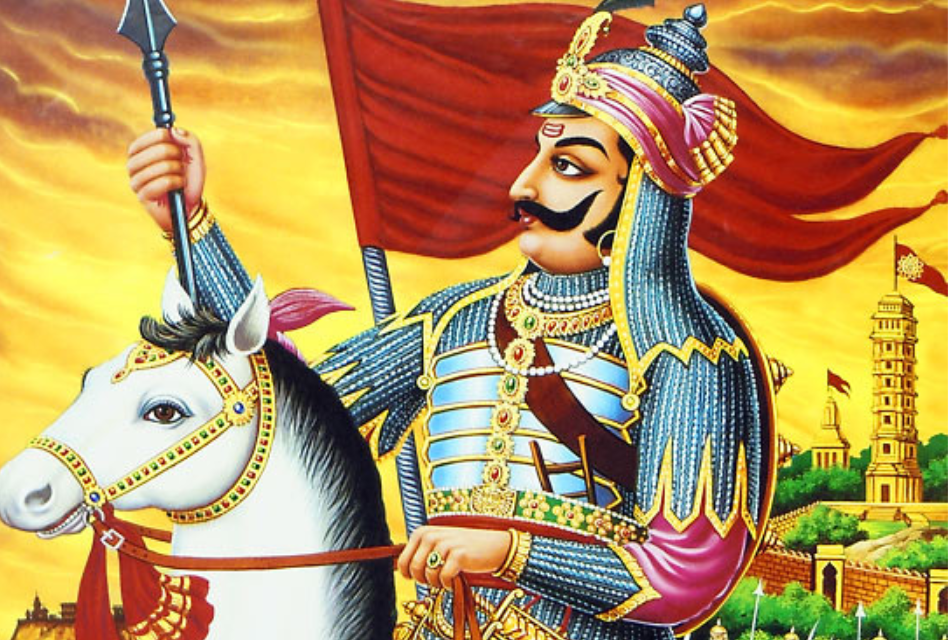Many people, including some scholars with cursory knowledge, are quick to put Rajputs as a social-class. However, this categorization doesn’t survive even a skin-deep scratch. If mere attainment of Royal power made an individual or his family Rajput – the Brahmin Chach dynasty, the Bhumihar dynasty of Benaras, Jat dynasties too would have become Rajputs. Even the strong emphasis of Sisodia Rajput origins by Bhonsle Royals or Nepal Royals is not universally accepted by Rajputs. The veracity of Chauhan lineage of Tulsipur royals is often questioned, as is Bhatti Rajput origins of Phulkian Sikh Royals. Hence, neither Social status nor taking Rajput surnames via Rajputization (a form of Sanskritization) makes one a Rajput.
However, on the other hand, despite centuries of plebianisation due to repeated loss of lands to different Colonialists, Chauhans of Karnal (in Haryana), Madhadh Pratihars of Kaithal (Haryana), Gehlots of Gautam-Buddhnagar, Bhatti Rajputs of Bulandshahr just never lost their ethnic identity. Similarly, the Tomars of Hapur and Pratihars of Chambal remain Rajputs, despite their socio-economic and political decline by the 16th century. Indeed, Peter Mundy describes the 16th-century Bhadauriya clansmen (a branch of Chauhan Rajputs) like “ They are a numerous industrious and brave race. Every village has a small fort. They never pay revenue to the Hakeem without a fight. The ones who drive the plough keep a musket slung over the neck and a powder-pouch at the waist ” .
Neemuchana Peasant uprising (1925) which was entirely a rebellion by Rajput peasants against the monarch of Alwar is another instance pointing towards what is often obfuscated in academic circles – plebianization of majority of Rajput kins over centuries .
Hence, Rajput is a closed Lineage-based Ethnic Group, rather than a Social class or occupational caste. Furthermore, for the Kshatriyas, the term Kshatriya has always connoted a closed lineage-group religio-culturally united by the Nath Sampraday, even if its understanding among non-Kshatriyas still remains that of an open Social-class (varn) that they aspire to achieve. This highlights the distinction between ethnic Kshatriyas or ethnic Rajputs and the “spurious Rajputs” or “spurious Kshatriyas”.


